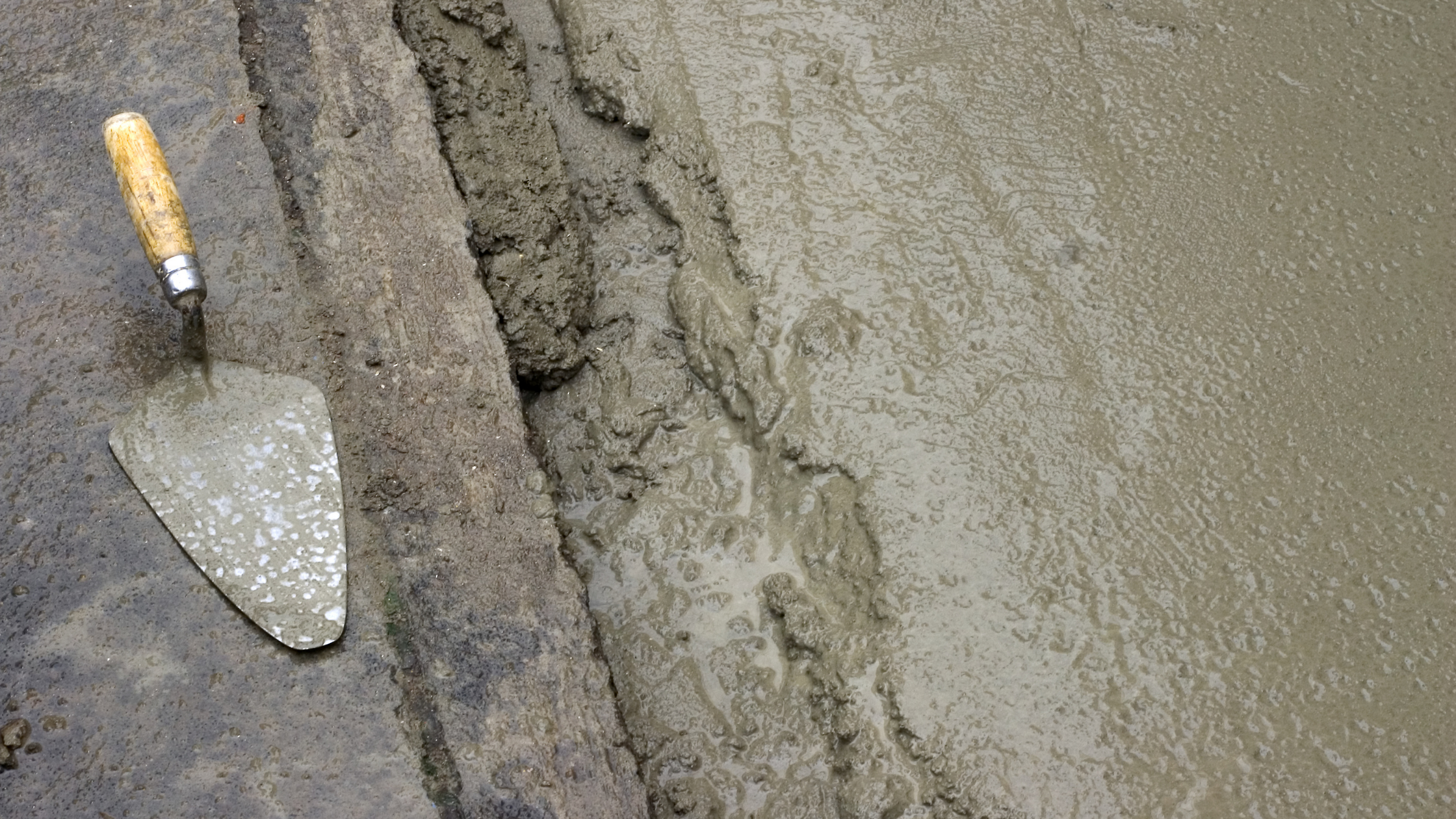With regular maintenance and care, concrete can last for many years, but eventually, it will wear out. When it does, you either have to repair it or replace it. Many people consider adding a new layer rather than digging it up and starting again, but can you pour new concrete over old concrete?
Our guide answers all of the questions you may have about adding a new layer of concrete to different surfaces. We also explain how to prepare your existing concrete base and when not to pour new concrete over old concrete.
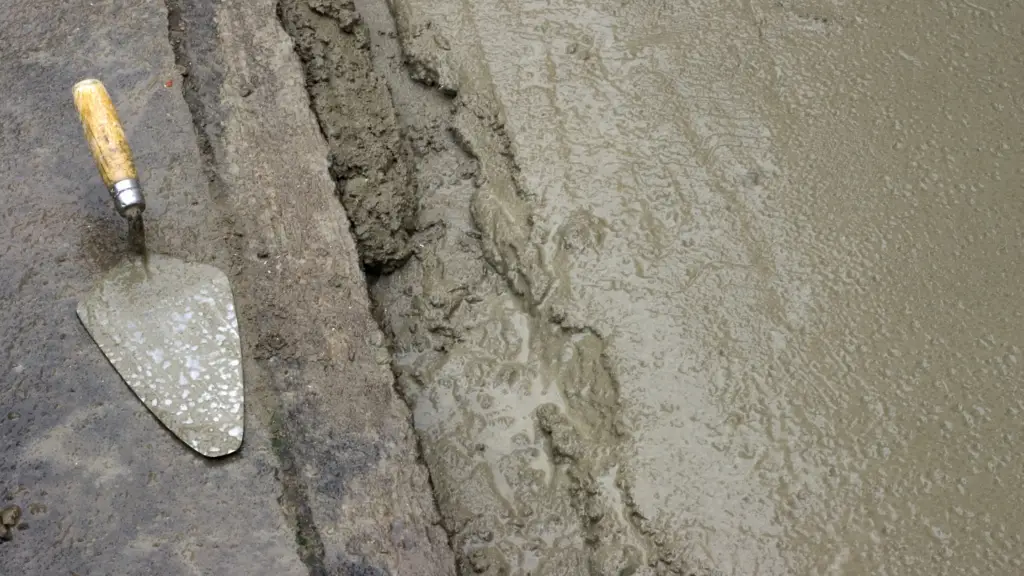
Can you put new concrete over old concrete?
In short, yes you can put new concrete over old concrete. However, there are some things to consider and prep work to do before going ahead.
Is the existing concrete structure in good condition? Pouring a new layer of concrete over cracked or frost heaved concrete won’t fix the problem, it will just crack again over time. You can pour new concrete over minor cracks or worn surfaces, but if it’s more than that it will be worth investigating why the damage has happened and fixing the problem before adding a new layer. Unresolved issues with old concrete will transfer to your new concrete if not fixed first.
Adding a new layer of concrete to an existing surface will raise the level significantly, which could cause a problem if it’s for a path or patio that runs up to the door, meaning there might not be sufficient clearance for the door to open.
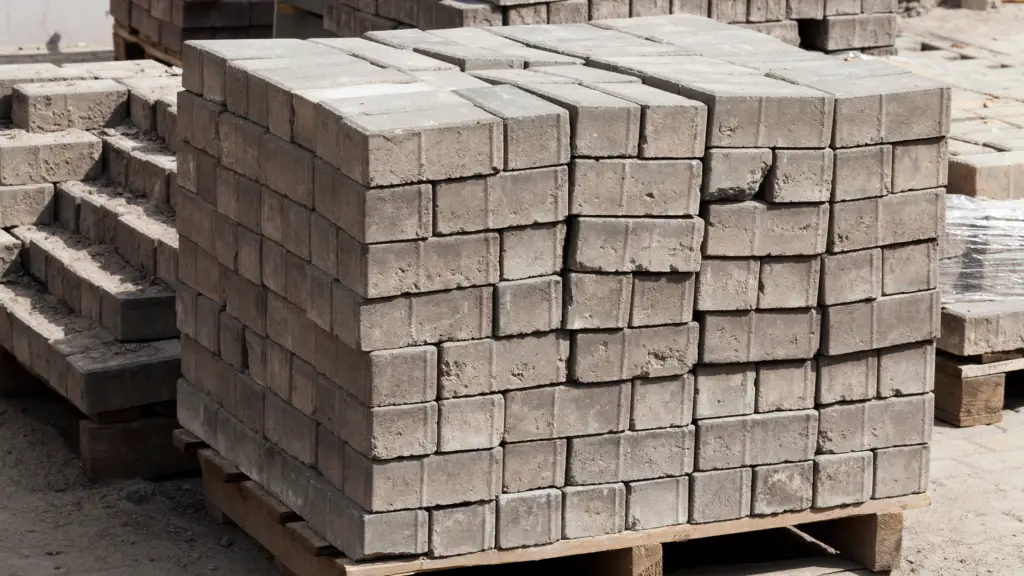
How to prepare old concrete for new concrete
- Remove dirt and debris with a stiff-bristled brush. In order for the new concrete to bond with the old concrete, the surface needs to be clean to ensure it bonds properly.
- Wash the surface with a pressure washer to get rid of any debris that the brush missed. A fan tip washer that is held at least six inches away from the concrete will ensure you don’t cause any damage to the existing concrete. Use a mild detergent or degreaser to remove any stubborn marks. Only use suitable chemical products for tough stains.
- Rinse off any chemicals and dry up pooled water before continuing with putting new concrete on old concrete.
How to pour new concrete over old concrete
- Set up a slab perimeter by measuring the area that you want to pour new concrete over. Mark the height that you want the concrete to reach. Use an online concrete calculator to work out how much concrete you will need to cover the existing structure.
- Use wooden braces or reinforcement mesh to place over the existing concrete.
- Use a concrete bonding agent to spread over the existing slabs to help form a bond between the old and new layer of concrete.
- Pour over your new concrete to the desired thickness and level the surface with a trowel.
- Cleaning concrete on a regular basis will help to remove dirt and grime that could wear down the surface of your concrete. Repairing cracks and sealing joints are other ways to maintain the life of your concrete.
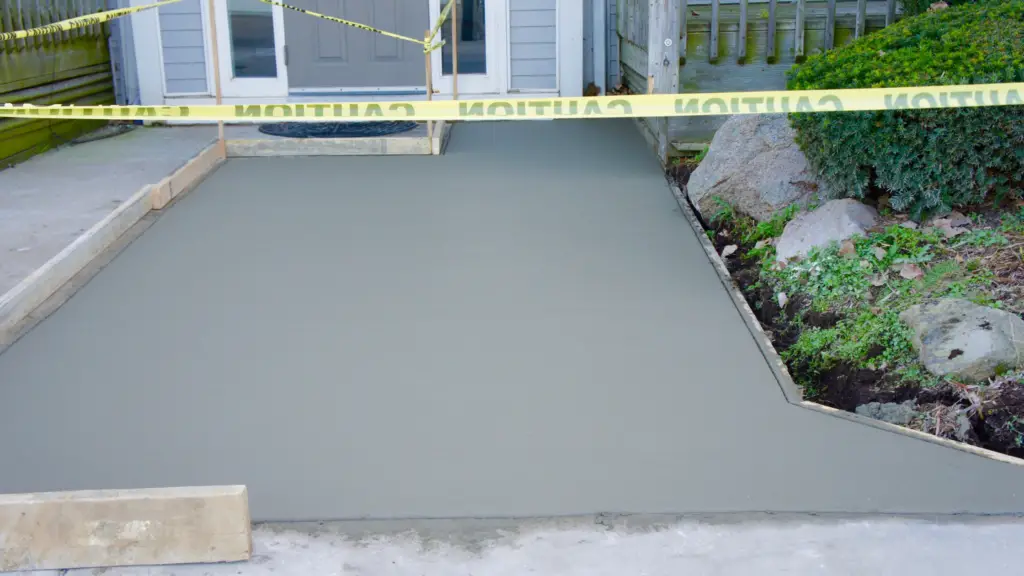
When not to pour new concrete over old concrete
- If you have a door or stairs that would get in the way of an extra layer of concrete.
- If there are tree roots in the way that could cause the existing concrete to lift or move.
- If there are substantial cracks in the concrete or it is not level.
Pouring new concrete over old concrete FAQs
We answer all of your most commonly asked questions, including ‘can you put new concrete on top of old concrete?’ and ‘will new concrete stick to old concrete?’.
How do I pour concrete on existing slab?
Follow the preparation and steps outlined above to pour concrete over existing slabs. Taking the time to get your concrete ready for a new layer will ensure it doesn’t crack. Old, stable concrete will make a good base for new concrete to sit on.
Will new concrete stick to old concrete?
Fresh concrete will not stick well to existing dry concrete because it doesn’t contain any natural bonding agents. A bonding agent should be painted evenly on to the existing layer of concrete first to ensure that the new layer will stick and bond correctly.
There are three different types of bonding agents:
- Epoxy bonding agents – used for lightweight structures.
- Acrylic bonding agents – used to improve the adhesion and durability of concrete.
- Polyvinyl acetate (PVA) – mainly used to bond concrete and concrete repair work.
Can you do stamped concrete over old concrete?
A stamped concrete overlay is an effective way to upgrade, repair or enhance existing concrete. Stamped concrete is also called textured or imprinted concrete and replicates other materials such as brick, stone or wood.
Stampable overlays are made from a blend of polymers, fine aggregates and cement and should be placed evenly over the old concrete. Stampable overlays can be stained using water based stains to achieve the desired look.
What PPE should be worn when pouring concrete?
Work safely with concrete by wearing the following PPE:
- Well-fitted waterproof gloves and boots.
- Wear a long-sleeved top and trousers that can be tucked into your gloves and boots.
- Tight-fitted eye protection.
- Knee pads to keep your knees dry.
If concrete comes into contact with your eyes, wash them immediately with clean water and seek medical advice.
How can I pour concrete over concrete driveway?
The same principles apply to pouring concrete over an existing concrete driveway. You should use a type of reinforcement such as a fiber mesh or rebar to help control and prevent any cracks that may develop while the concrete is setting.
Can you pour new concrete over an existing walkway?
Cementing over old cement will not cause any issues to the existing structure, as long as the old concrete is free of significant damage such as large cracks or frost heaves. Your pathway can gain a new lease of life from adding a new concrete layer on top, without needing to dig up the existing path and starting from scratch. Remember to clear the walkway of any hidden debris first.
Can you pour concrete over old concrete steps?
Small concrete steps that extend from a patio or your house can be covered with a new layer of concrete if bound correctly. Pour bonding agent on to the old cement before adding the new concrete. Smooth the cement with a trowel. Newly poured concrete should be left to dry for at least 24 hours before stepping on it.
Maintain your concrete steps by regularly sweeping and hosing them down to get rid of debris that may wear the surface of your steps. If any small cracks appear, use a silicone-modified acrylic caulk to fill and blend in with the surface.
Can you pour concrete over tree roots?
If possible, tree roots should be removed from the area that you want to concrete over before laying concrete. It can be difficult and time-consuming, however concrete needs a level surface to set properly. Leaving tree roots in your concrete will cause the concrete to weaken and crack through your slab if the root grows.
Pouring concrete over tree roots should be avoided as the tree won’t be able to get the water, oxygen and nutrients that it needs to stay healthy. Cracked concrete caused by tree roots can also cause a tripping hazard.
How thin can you pour concrete?
The thinnest concrete layer you should pour over existing concrete for pathways or patios is two inches. If the concrete is any thinner, it won’t create the strong layer that you desire. You can pour your concrete thicker, providing you consider the surroundings and ensure nothing the new layer of concrete doesn’t cause any obstructions.
For areas that need to take the weight of heavy vehicle traffic, a minimum of four inches should be poured.
Can you pour quikrete over existing concrete?
Quikrete is a type of concrete that sets quickly. You can use this special type of mixture to add a new layer to existing concrete structures providing the surface is clean and doesn’t need any repair work. Apply a thin layer with a trowel first, then build up the desired thickness.
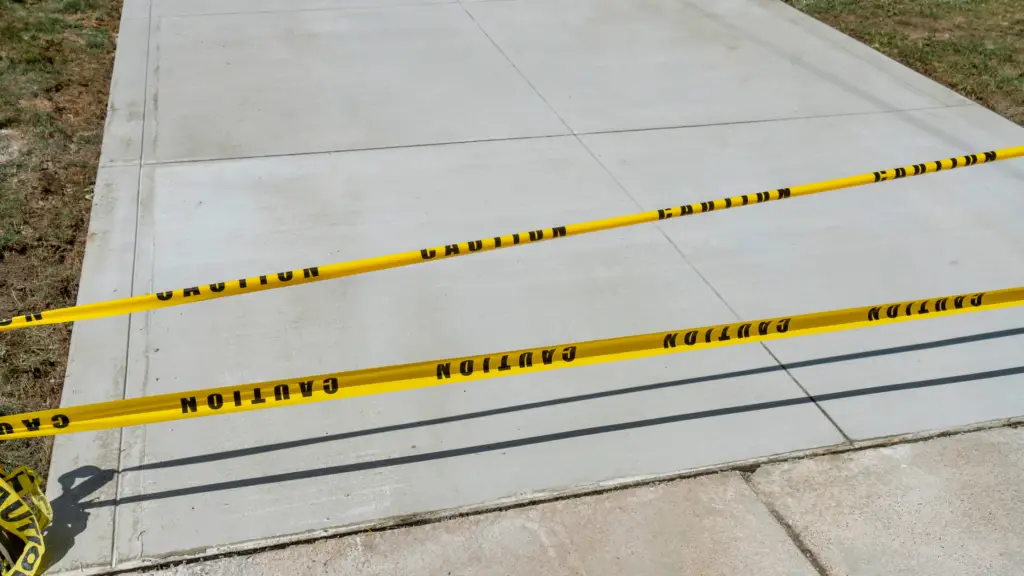
Can you pour new concrete over a concrete patio?
Yes, if you’re trying to refresh a tired-looking patio, you can cover up minor cracks and damage with a fresh new layer of concrete. Take the time to thoroughly clean the existing patio to ensure the new layer is as smooth as possible.
Can you pour new concrete over an existing concrete surface?
Most concrete surfaces are suitable for a new layer, providing it doesn’t have large cracks in or tree roots. If your concrete isn’t moving, heaving or settling then it’s ok to pour new concrete on top of it.
If your concrete does have large cracks, a better option is to remove the old concrete, resolve the problem and pour new concrete.
Is it possible to pour new concrete over a garage floor?
If your existing concrete is in good condition, it is safe to add a new layer of concrete to your garage floor. Check that the current concrete floor doesn’t have any significant cracks or heaves from frost before applying a new layer. Remember to ensure that your newly-laid concrete doesn’t dry out too quickly as it dries by keeping the area moist by spraying with water as it cures.
Can you pour new concrete over wet concrete?
Concrete should be left for 24-48 hours to dry enough to walk or drive on it. However, for it to fully develop and reach its maximum strength it will take up to 28 days. Adding more concrete to wet concrete could affect the mixture by making it too wet, which may cause cracking. You should wait until the first layer of concrete is completely dry before adding to it.
Can you put new concrete over wet ground?
Pouring concrete on to wet surfaces can affect the strength and quality of the finished result. Light dampness will not cause a problem, however if there is too much water, the concrete will crack and settle unevenly. The best time to pour concrete is when the weather conditions are dry. If you have to pour concrete on wet ground, use less water when mixing the concrete so the mixture doesn’t become oversaturated.
Is it okay to pour concrete over existing concrete?
Yes, you can put new concrete over old concrete providing there are no issues such as significant cracks of frost heaves with your existing concrete. A new layer of concrete should be about two inches to ensure an even, strong coverage.
What happens when you pour new concrete over old concrete?
Slab poured over an existing concrete slab is more prone to frost heave damage and cracks because of the binding between the two layers of concrete. It’s important to repair damage to a new slab as soon as it happens to prevent the damage from spreading to further parts of the concrete. Use a deep penetrating sealer to prevent water damage.
Can you pour new concrete next to old concrete?
To ensure your concrete structure meets the requirements of your project, you should join two concrete slabs together with a concrete construction joint. Joining your new and existing concrete will ensure the new concrete won’t move away from the old concrete and minimize the amount of cracking that can occur in concrete slabs.
Can you pour concrete over painted concrete?
Stripping the paint from your concrete is essential if you want to pour a new layer over the top because some paint will prevent concrete from bonding and setting properly. Try using a pressure washer to remove paint from the concrete surface. Alternatively, do some research on safe chemicals for concrete that will help lift the paint so you can scrape it away.
Fix any cracks before adding your new layer of concrete. Use a finishing trowel or a long-handled squeegee to ensure the concrete is smoothed out. If you prefer a textured surface, use a brush or push broom to create patterns in your concrete.
Can concrete be resurfaced?
If your concrete has been damaged by weather or heavy use, you can resurface the concrete to repair and restore minor damage. There are many concrete resurfacing products available to use that make the process easier. Always check the manufacturer’s instructions before carrying out any work. For a successful resurfacing you should:
- Clean the area to remove dust and debris.
- Mix the resurfacer with water in a bucket until it reaches the desired, pourable consistency.
- Pour the mixture gradually over the surface and spread it out evenly using a trowel.
- Let the mixture completely dry for at least a few days before putting any weight on it.
What is concrete overlay?
A concrete overlay is a thin concrete cement-based product that is designed to use for decorative purposes or repairing damages. However, not all concrete surfaces are suitable for overlay. Concrete should be cleaned and repaired first before applying the overlay. It should then be sealed with a concrete sealer to protect it.
There are a few pros and cons to consider before adding a concrete overlay to your existing surfaces.
Pros:
- Easy to maintain.
- Economical.
- Long-lasting.
- Eco-friendly.
- No moisture damage.
Cons:
- Difficult to correct any mistakes.
- Amplifies sounds.
- Can be cold to touch because of heat conductivity.
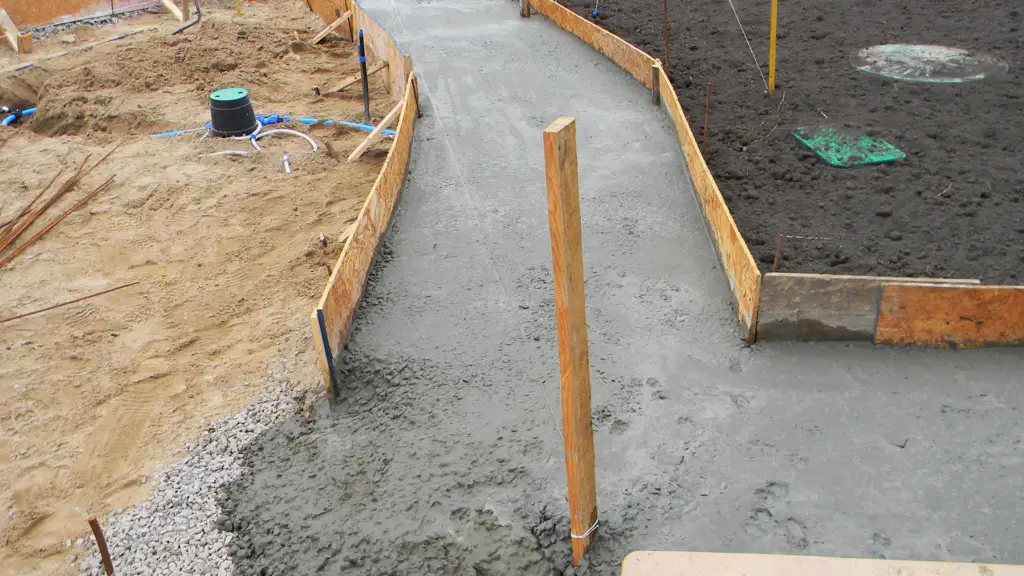
Can you pour concrete over sunken concrete?
Yes, coating a sunken section of concrete with a new layer of sand and cement mixture can raise the sunken section so that it is back in alignment with the rest of the area. This can be a cost-effective way to fix sunken concrete, providing you prepare the area correctly.
The three main reasons why concrete sinks are:
- Soil washout: water that gets underneath the concrete can wash away soil that is supporting the concrete, causing the slabs to sink due to poor support.
- Poorly compacted soil: before concrete is put down, soil needs to be properly compacted to prevent empty cavities from forming, which will cause the concrete to crack and move.
- Excess or insufficient soil moisture: if soil and clay absorb too much water, they can expand in size. If soil and clay get too dry, it will begin to sink. Both can lead to cracks in concrete.
Seal any cracks and joints with a silicone or polyurethane caulk to help prevent sinking or stop it from getting any worse. Ensuring your slabs are tightly packed can also help to ensure any excess water won’t go below the concrete.
The truth about pouring new concrete over old concrete
Pouring new concrete over old concrete is an option to consider when you’re refurbishing your concrete paths, driveway or any concrete structure. Check to see whether adding a few inches of new concrete would prevent you from shutting a door or obstruct a walkway before starting work.
If you’d like to find out more about building with concrete, visit our blog articles.

